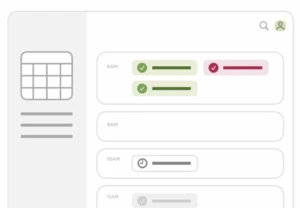There are two objections that (much like GPT outputs) are so common they are themselves practically commodities, that inevitably crop up in defense of AI “design.” AI skeptics will say: We will only use the LLM as a starting point, or to bounce off ideas, and verify its work. And AI boosters will say: Our model won’t have this problem, it will be uniquely high-quality because we will train it... https://webdesignernews.com/why-ai-user-research-falls-short/
Melden Sie sich an, um einen Kommentar hinzuzufügen
Andere Beiträge in dieser Gruppe

Designing a new AI feature? Where do you even begin? From first steps to design flows and interactions, here’s a simple, systematic approach to building AI experiences that stick. More design patterns

In this tutorial I’ll show you how to create a liquid glass effect (much like Apple’s latest iOS release) with HTML, CSS, and SVG filters. https://webdesignernews.com/how-to-create-a-liquid-glass-effe

Brands like Nuuly, Ruggable, and GitHub are designing multidimensional experiences that build customer trust, serve employee needs, and uphold core values. https://webdesignernews.com/in-good-company-

Canva is perfect for designing everything from business cards to posters. But when it comes to taking those designs from screen to paper, things can get tricky. https://webdesignernews.com/designing-f

You have probably thought, “There must be a better way,” if you have ever sat in front of your screen adjusting pixel margins or rewriting the same line of CSS for the hundredth time. You’re not by yo

Designing visuals that respond to real-time data or user input usually means switching between multiple tools — one for animation, another for logic, and yet another for implementation. This back-and-
